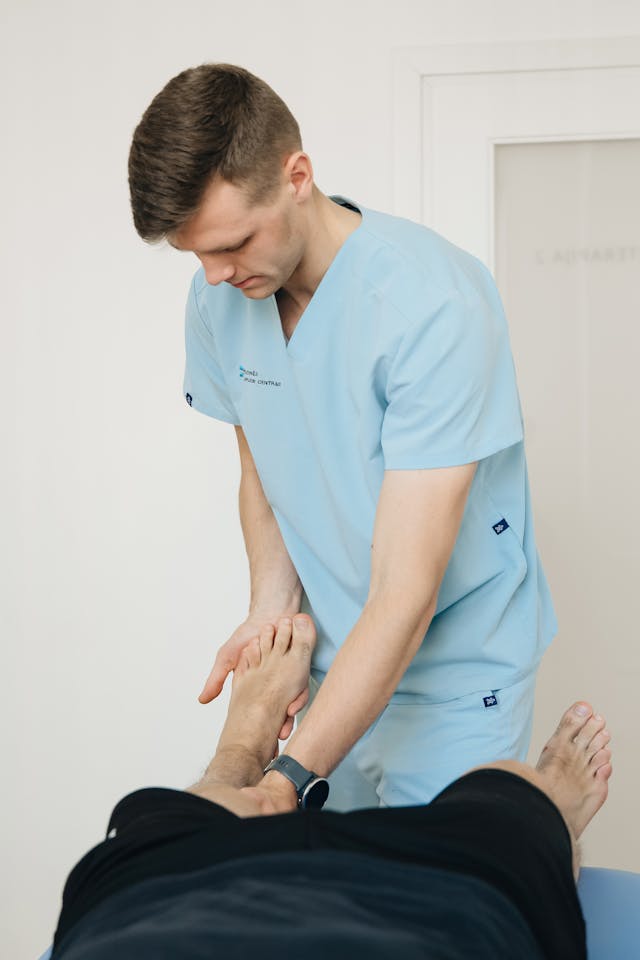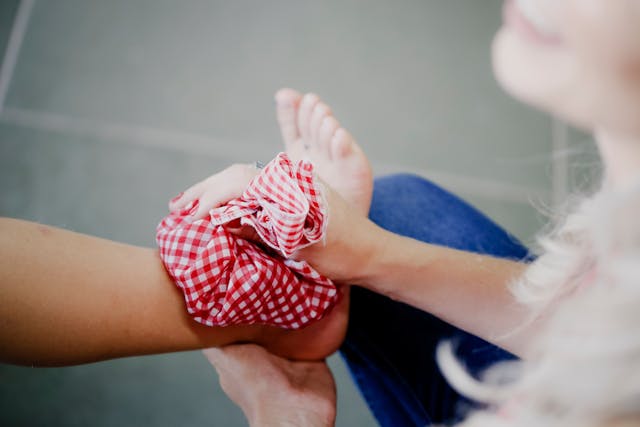Plantar warts refer to a typical foot condition that is caused by the human papillomavirus (HPV) and it usually develops on the soles of the feet. They are usually not harmful, but may get painful, uncomfortable and interfere with the normal daily life of an individual like walking, running, or standing up. It is necessary to learn how plantar warts develop, the possible ways of their treatment, and how to avoid them to have healthy feet and be comfortable in general. Plantar warts can be safely treated with due care and proper intervention.
The Signs and Symptoms.
The plantar warts typically start out as small ruggedness in the skin which can resemble calluses. They most commonly occur in body parts like the heels or balls of feet where the pressure leads to the wart becoming inward. Among the most pronounced is the fact that there are small clotted blood-vessels, the appearance of which is small black dots in the wart.
Plantar warts are painful because they grow inwards and therefore they may cause pain when pressure is put on them. People can experience the sharp pain during the movements or the standing. Mosaic warts are also found in clusters of some warts. Awareness of such initial symptoms is important in helping one to treat much earlier before the symptoms escalate, causing more pain and further transmission.

Successful Treatment Solutions: Clinical and Home-based.
plantar warts sydney can be treated by using a number of effective ways. Non-prescription drugs, including salicylic acid, can be used to make the affected skin plush and slowly destroy the wart tissue. These therapies need to be applied regularly and patiently because outcomes could be several weeks.
Professional care of a podiatrist or a dermatologist is advisable in case of more persistent or painful warts. Treatment involves common methods such as the cryotherapy (warts are freezed using the liquid nitrogen) treatment, laser treatment, or simple surgical excision. These treatments are focused, effective and appropriate in those cases where warts are not responding to home treatment. Also, medical practitioners are able to evaluate whether the lesion is indeed a wart since at times other diseases such as corns, or calluses might be mistaken with it.

Prevention and Foot Care: Minimization of the Recurrence at Risk.
The prevention of the plantar warts consists of the protection against direct contact of the feet with the virus. HPV can survive in warm and wet conditions, and in general, the public shower, swimming pools and locker rooms are a good place to become exposed. Slippers or protective shoes can be used in such areas and they significantly minimize chances of getting infected.
Good foot hygiene is also key. Washing and drying feet, frequent changing of socks, and sharing of footwear and towels should be avoided which contributes to transmission of the virus. People with compromised immune systems have the possibility of becoming more vulnerable to the warts infection, hence the need to promote overall wellness. After one has received a treatment, he should avoid picking or scratching the place where the wart is, as this may spread the virus to the rest of the foot.











